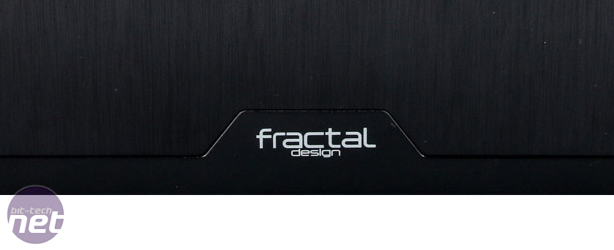
Cooling Performance
For small form factor cases (i.e. micro-ATX and mini-ITX), we have two near identical but physically different systems with which to perform thermal tests. The key difference is the height and design of the CPU cooler; one system uses a low-profile, downdraft cooler while the other uses a tower cooler, albeit a rather short one, with a standard front to back airflow. We test each small form factor case with the appropriate system depending on the cooler it can support. While this does mean you'll see mini-ITX cases compared to micro-ATX ones in the same charts, it allows us to test cases with the cooler style they were designed for, which is important for air cooling.As this case supports tower coolers, we're using our standard small form factor case test kit, which includes:
- CPU: Intel Core i5-4670K at 4GHz (40 x 100MHz, 1.15V)
- Graphics card: Nvidia GeForce GTX 980 3GB
- Motherboard: Gigabyte GA-Z97N-Gaming 5
- RAM: 4GB G.Skill TridentX DDR3 2,400MHz
- SSD: OCZ Arc 100 240GB
- PSU: Fractal Design Integra M
- CPU cooler: Noctua NH-U9s
We disable the motherboard's onboard CPU fan control and all CPU power management features. The CPU fan is fixed at 7V with an adaptor while the graphics card fan is locked at 70 percent speed using MSI Afterburner. The system is loaded using Prime95 25.11 and Unigine's Heaven 4.0 benchmark. We use CoreTemp and GPU-Z to monitor the temperatures, taking the maximum values after 15 minutes - enough time for the readings to plateau.

MSI MPG Velox 100R Chassis Review
October 14 2021 | 15:04









Want to comment? Please log in.